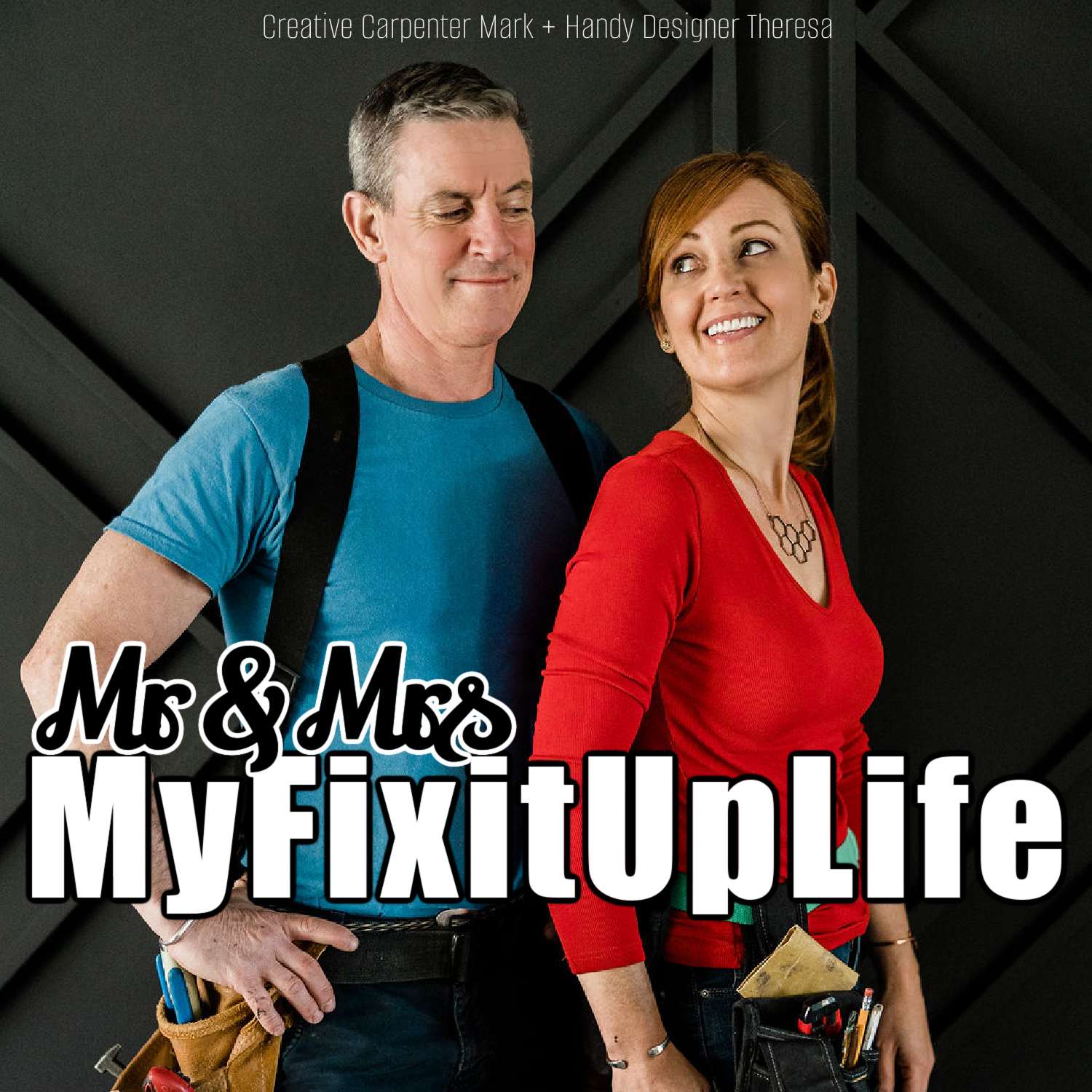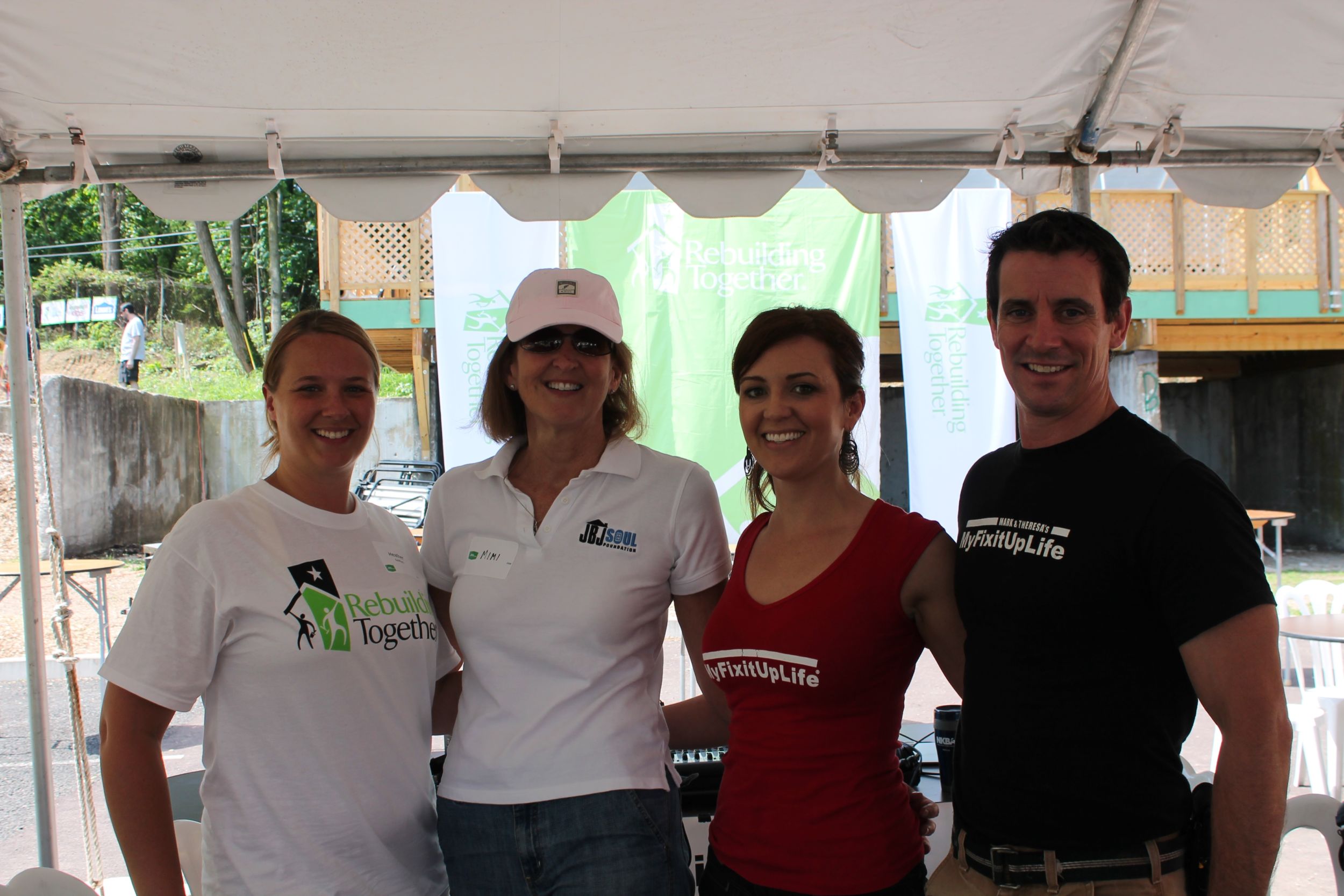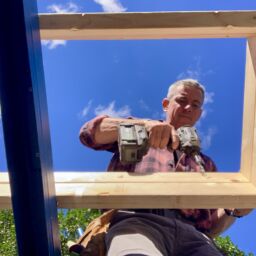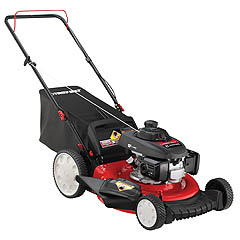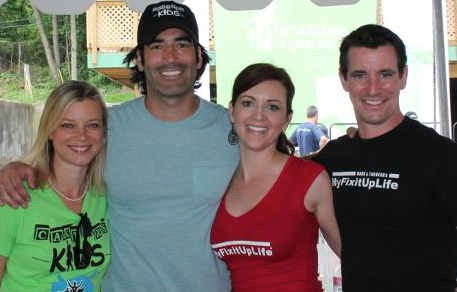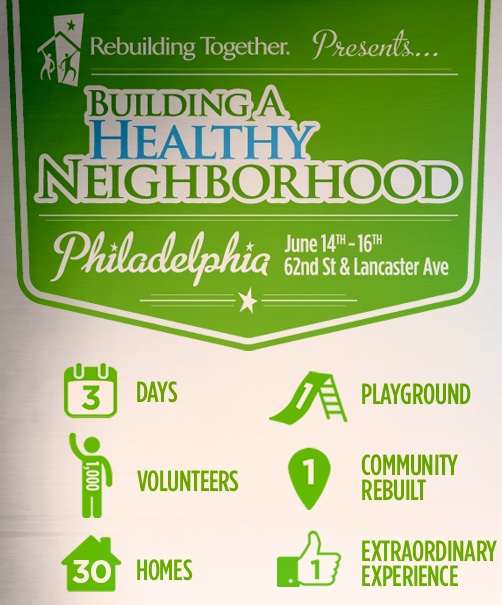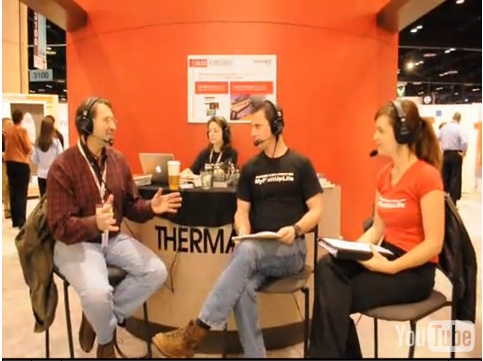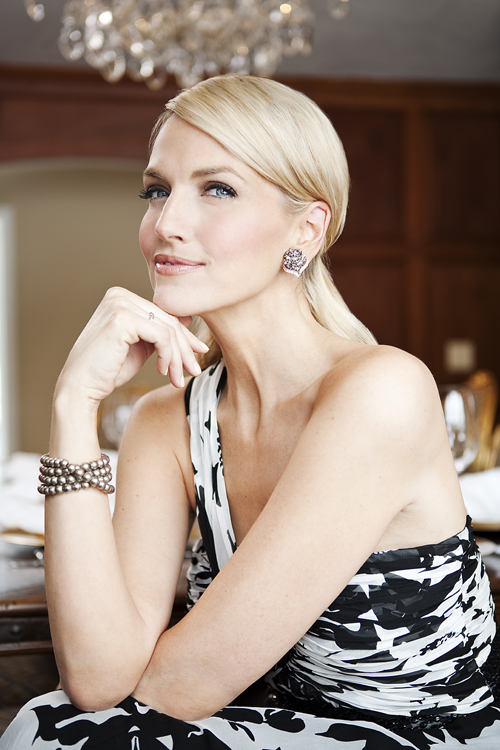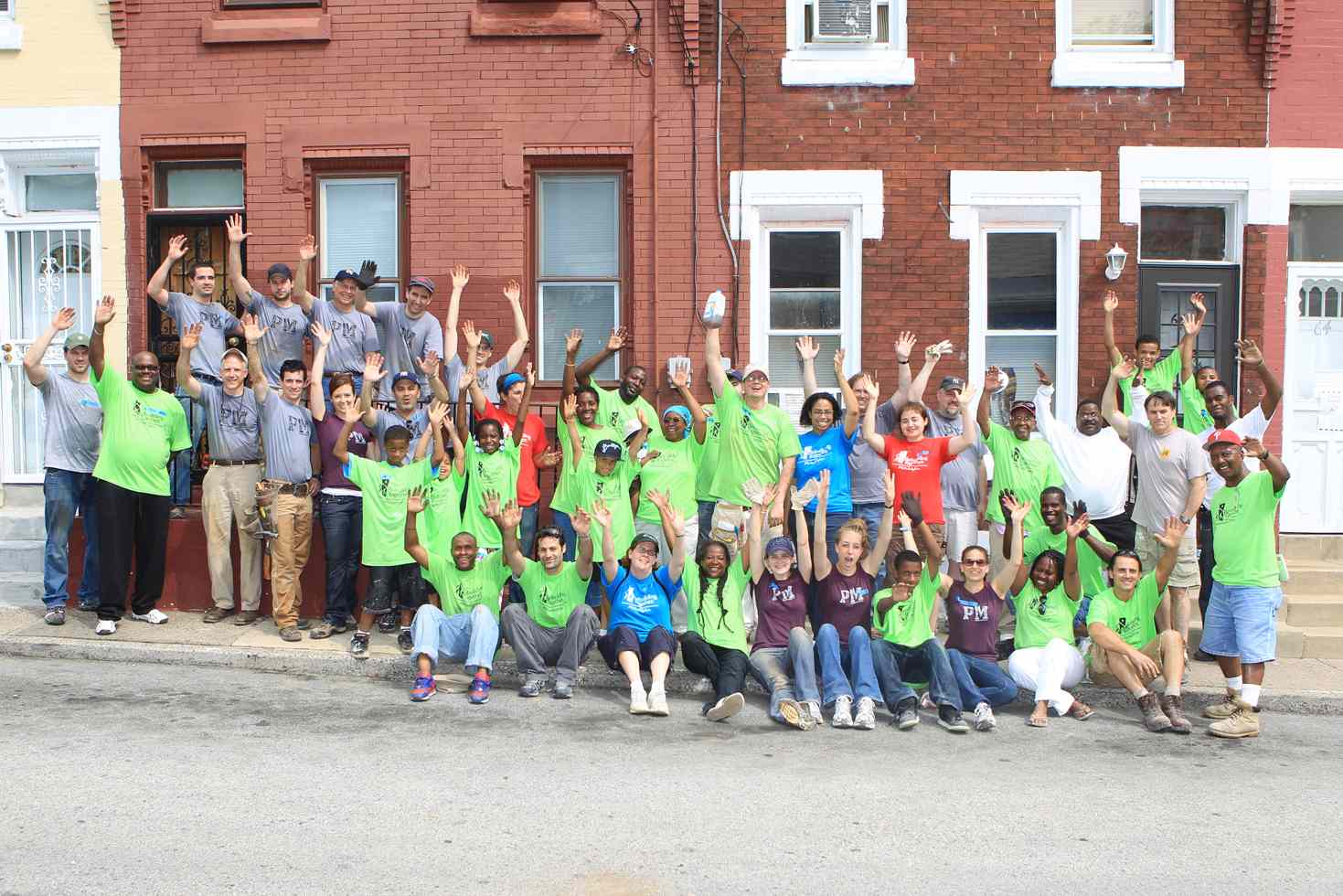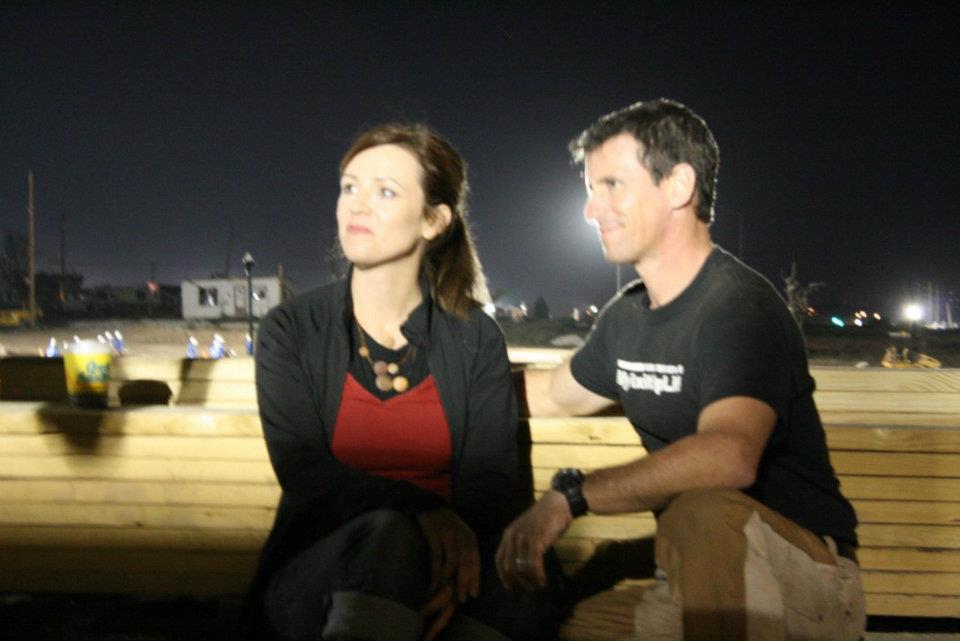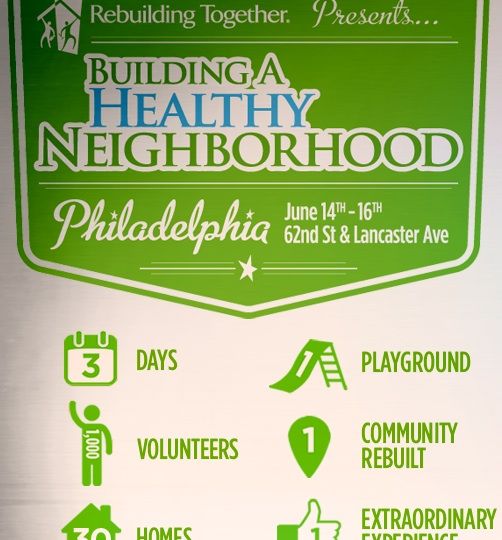
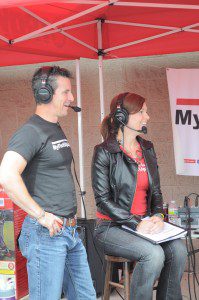
Mark and Theresa take you inside Rebuilding Together’s Building a Healthy Neighborhood event in Philadelphia.
Tune in Saturday, June 16th from 10-11am to listen to this live broadcast where they will be interviewing HGTV’s Carter Oosterhouse, Rebuilding Together Philadelphia‘s Executive Director Carrie Rathmann, Jon Bon Jovi Soul Foundation‘s Exectuive Director Mimi Box, Rebuilding Together‘s John White, and Overbrook Environmental Education Center‘s Jerome Shabazz. Live music with Tim Williams and Mike McVey.
 About the project. Rebuilding Together, with the generous support of presenting sponsor Lowe’s, the Jon Bon Jovi Soul Foundation and hundreds of volunteers will repair nearly 30 homes owned by low-income families, build new a playground, and revitalize the surrounding community with landscaping, community gardens and other services during the three-day rebuilding effort in the West Philadelphia Neighborhood of Overbrook. MyFixitUpLife is building a bridge as part of the sitework for the playground and landscaping project.
About the project. Rebuilding Together, with the generous support of presenting sponsor Lowe’s, the Jon Bon Jovi Soul Foundation and hundreds of volunteers will repair nearly 30 homes owned by low-income families, build new a playground, and revitalize the surrounding community with landscaping, community gardens and other services during the three-day rebuilding effort in the West Philadelphia Neighborhood of Overbrook. MyFixitUpLife is building a bridge as part of the sitework for the playground and landscaping project.
Overbrook developed in various stages between 1900 and 1960. The dominant housing type is the rowhouse. Because Overbrook was built in the early twentieth century when trolley lines were allowing middle class Philadelphians to move out from more crowded rowhouse communities, there is wide variety of styles of rowhomes in Overbrook.
 Overbrook was a community of choice when it was built. Real estate advertisements in the “Philadelphia Inquirer” in the 1920s referred to the area as “exclusive.” Facades of all kinds grace the fronts of otherwise uniform brick and stone rowhouses. In addition to rowhouses, one can find a sizeable number of twin (semi-detached) houses. These semi-detached homes have two or three floors and typically are over 2,000 square feet (190 m2) in size.
Overbrook was a community of choice when it was built. Real estate advertisements in the “Philadelphia Inquirer” in the 1920s referred to the area as “exclusive.” Facades of all kinds grace the fronts of otherwise uniform brick and stone rowhouses. In addition to rowhouses, one can find a sizeable number of twin (semi-detached) houses. These semi-detached homes have two or three floors and typically are over 2,000 square feet (190 m2) in size.
Companies such as the McClatchy Company, the John McGinty Company, and smaller developers such as the Moss and Taylor Company constructed the majority of Overbrook’s rowhouses. Outside of Overbrook Farms, most of the houses in the Overbrook area date from between 1915 and 1930, with the Great Depression bringing a halt to new construction nationally and locally.
As a community of primarily middle and working-class families, Overbrook is a community with below average rates of residents on government assistance programs such as welfare. Census data from 2000 indicate that Overbrook has a large number of households with two parents present, and home ownership/owner-occupancy remains around 65%. This is a slight decline from the 1990 figure of owner-occupancy of 71%.
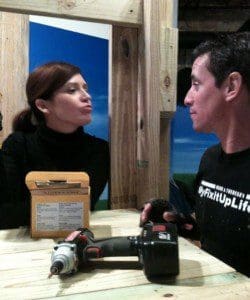 In terms of the physical integrity of the Ovebrook neighborhood, a simple drive through the area reveals that the most physically deteriorated parts of Overbrook are east of 63rd Street, and closer to Lansdowne Avenue. West of 63rd Street, and east of 63rd and north of Jefferson Street, one finds many streets that are somewhat suburban in appearance – .
In terms of the physical integrity of the Ovebrook neighborhood, a simple drive through the area reveals that the most physically deteriorated parts of Overbrook are east of 63rd Street, and closer to Lansdowne Avenue. West of 63rd Street, and east of 63rd and north of Jefferson Street, one finds many streets that are somewhat suburban in appearance – .
The community continues to attract a culturally diverse population.
Overbrook’s community groups, such as the Neighbors of Overbrook Association, the Morris Park Restoration Association (MPRA), the Royal Gardens Association, Town Watch, and others will continue to work together to build on Overbrook’s cultural and physical assets in pushing forward in the 21st Century.
Where? N 62nd Street and Lancaster Avenue, Philadelphia
When? Thursday through Saturday, June 14 through 16.
More details? Click here.
